



Tourism is a powerful industry, one with the influence to transform economies around the world. So it’s only natural that sub-sectors develop and evolve within the tourism platform. Gaining strength and growing in prominence is adventure tourism. According to a George Washington University study, conducted in partnership with the Adventure Travel Trade Association (ATTA), consumers spent more than $89 billion worldwide on adventure travel in 2012 and it is expected to continue growing at about 16% every year.
One reason for this change is a global, cultural shift toward people wanting more transformative experiences. Explorative and innovative travel, community engagement and “dialing down the bling” are all part of the latest trends. Cementing this sector’s mainstream appeal is campaigns like Tourism Queensland, who teamed with pop culture figure Oprah Winfrey to market Australian tourism. Similarly, shows based on the evolution of expedition-discovery, like The Amazing Race, Survivor and the National Geographic Channel, have all played a role in creating a market for this category.
The momentum for adventure tourism revolves around a desire by participants to step outside their comfort zones and see the world in a new way. Its broad base includes not only those that seek physical challenge and risk, but also those looking for intellectual, spiritual and emotional adventures. The common thread of adventure-based travel is empowerment of travelers to awaken to, and ultimately transform their lives through a physical activity, cultural exchange or engagement with nature.
In its most traditional form, adventure travel is typically grouped into either "hard" or "soft" adventures. Hard adventures involve some kind of extreme sporting activity: paragliding, rock climbing, surfing, spelunking or scuba diving in remote and exotic locations. Soft adventures are leisurely and entail less strenuous activities where the focus is often on education. Activities such as archeological tours, culinary or wine classes, bird watching, canoeing, fishing and horseback riding all fall within these parameters.
However, the most significant finding in recent studies by the ATTA is the emergence of cerebral pursuits, consisting of adventures that don’t necessarily involve high levels of risk, challenge or physical fitness. Instead, they rely more on immersion and discovery such as historic exploration, volunteer tourism and religious pilgrimages, where cultural and environmentally sustainable activities are top priority and travelers have the opportunity to get personal with the local population. These first-hand experiences tend to leave powerful and lasting impressions, often inspiring thoughtful and helpful action.
Whether hard, soft or cerebral, adventure travel is gaining favor because it involves healthy-physical activities, allows for a deeper cultural exchange and an appreciation for the fragility of places. It is also more often viewed as a “guilt-free” holiday option given that money spent can penetrate more deeply into communities and contribute to local economies. In this vein, adventure travel focuses on a “triple bottom line” of people, planet and profit.
The tourism industry is quickly learning that consumers are becoming increasingly savvy and better able to identify the needs and activities to achieve their personal goals. Adventure industry providers, hoteliers and communities must create and market a broader range of products, refine current services and continually explore the preferences of target audiences to maintain and gain a competitive edge.
For more information, please email us at info@edsaplan.com.
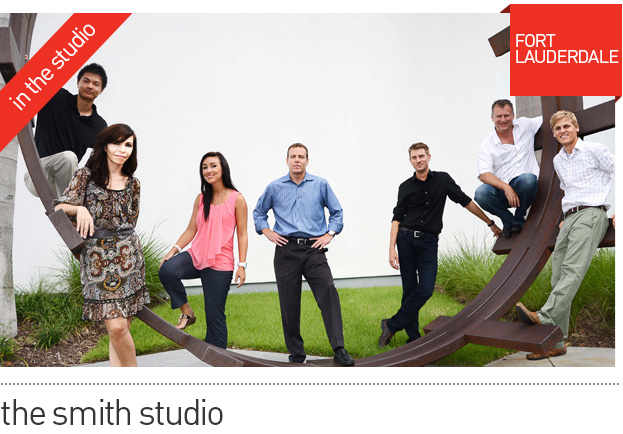
With a recent expansion of domestic assignments to complement their international portfolio, the Smith Studio is poised for continued growth. As advocates of healthy lifestyle living, the team thinks, practices and emanates sustainability. By sharing experiences and insights, the multi-talented, multi-tasking designers look critically at concepts to ensure plans are based on pragmatism when determining a framework for the best ideas. Their collaborative environment fosters a philosophy driven by a continuous quest for learning and strength in always seeking opportunities to do something better. At the root of their ambition is creativity and an ability to shape spaces that positively change and forever touch people’s lives. By concentrating on the thoughtful and meaningful design, each individual’s unique contribution is represented in everything they execute and implement.
“The breadth of what we do is a source of personal pride. We orchestrate community change, both social and environmental, while balancing very real concerns of cost, livability and aesthetics. By staying engaged in the world around us, understanding how demand is evolving and the interconnectedness of our role as land planners and designers, we are positively influencing daily life.” – Doug Smith, Principal
In addition to ongoing assignments in Florida and Texas, the Smith Studio is also working in Montenegro, Mexico and Egypt with an emphasis on stewardship, human connectivity and more robust green spaces. The diverse team continues to evolve by stepping into different roles that require critical thinking, design insights and a dynamic approach to our changing world.
For more information on the Smith Studio visit http://www.edsaplan.com/en/Team/Studios/Smith

Zheng Lu started pencil sketching at a young age and knew early on that his professional path would blend his love for art with a connection to nature. Following a Bachelors of Arts from Tianjin University and a Masters of Landscape Architecture from Texas A&M University, Zheng was committed to approach design with a holistic, environmental sense of beauty incorporating details that amplify the user experience. He remains fascinated by the technical aspects of the job – the behind the scene mechanics of how projects are designed and ultimately get built. Zheng is a passionate soccer aficionado. He finds similarities in the sport to landscape architecture, explaining how the dynamics, excitement and intensity impact both individual performance and team outcomes. Zheng began his EDSA career in 2010 as an intern and is now full-time in the Kissinger Studio. |

During his 10 year tenure at EDSA, Abe Nielsen has been heavily involved in several award winning projects including Madinat Jumeirah, Park Hyatt Dubai Creek and Atlantis, the Palm, all of which presented their own set of challenges and rewards. Abe approaches each project with an understanding of the broader strokes but sees the difference maker in viewing every assignment with a critical eye – placing extreme importance on the details and innovative ways by which materials are used. His experiences have taught him troubleshooting skills, allowing him to build trusting relationships with clients and tap into his artistic DNA. A father of two, Abe joined the EDSA family after graduating from Utah State University with a Bachelors of Landscape Architecture and Environmental Planning. The witty, ever mentoring, sometimes sarcastic designer is a member of the Behling Studio. |

At Clemson University, Betsy Suiter began her studies as a business major but felt her creativity was hindered. After taking the “history of landscape architecture” as an elective, she changed her major and was captivated by the role design has on influencing spaces for people. Betsy joined EDSA in 2006 and is a key member of the LaMont Studio. Her design style reflects a classical, natural approach and her expertise lies in visualizing the details that make a project interesting, engaging and timeless. It’s not uncommon for others to seek her guidance and expertise to glam up a design. Betsy had a heavy hand in the design of a large scale artificial island, located of the coast of China which was part of an intricate international design competition. The large scale planning effort catapulted Betsy’s skillset forward and the project changed the type of work her studio executed. |
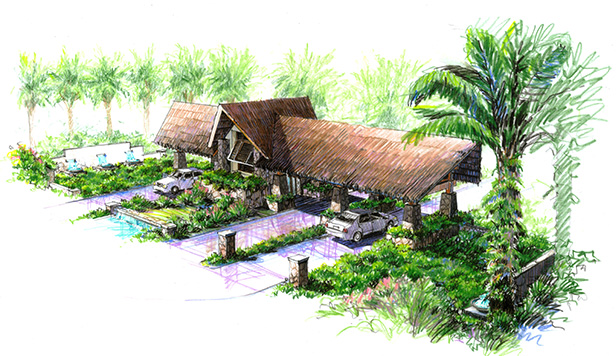
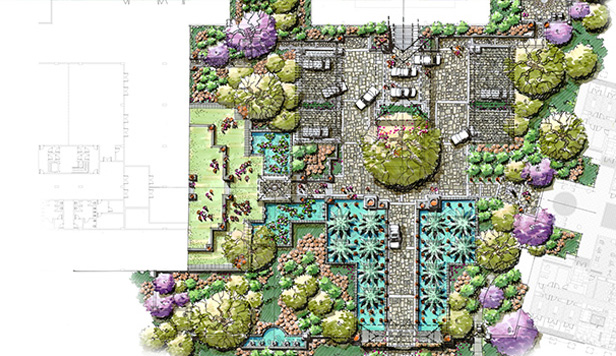
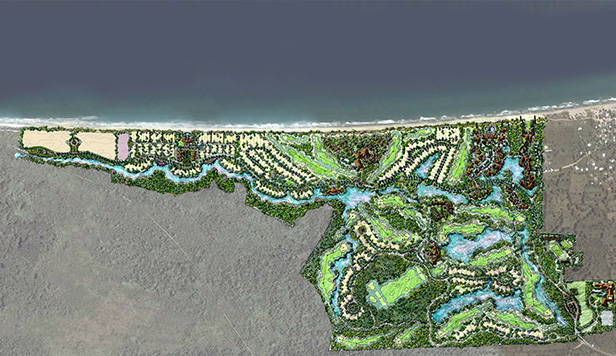
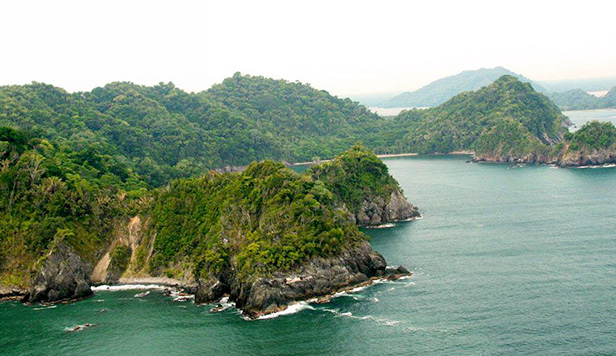

A project envisioned nearly 45 years ago in Honduras will soon be realized as a premier hospitality destination. Set to compete with the quality resorts of Mexico, Costa Rica and the Dominican Republic, the $111 million Indura Beach & Golf Resort targets the sophisticated adventurer, while respecting and preserving the environment and natural beauty of the land.
EDSA, in partnership with Kobi Karp Architecture & Interior Design, Resort Development Consultants, Saybe y Asociados, S. de R.L. and the client Desarrollo Turistìco Bahìa de Tela, S.A. de C.V., envisioned this luxurious, new “frontier” destination remaining ever-mindful of its cultural ancestry, abundant wildlife and natural wonderland. Set amongst the largest and oldest mangroves in Central America and encased by the Jeannette Kawas National Park, a treasure trove of beaches, wetlands, tropical forest, coral reefs and lagoons, the 750-acre property is 100% immersed in the environs – complimenting rather than conflicting with nature.
Planned with the utmost care to both guard and protect, Indura Beach & Golf Resort will absorb and articulate the heritage of the area while providing a catalyst for tourism growth for the whole country. With the major objective of offering an experience so unique, memorable and meaningful that it compels visitors to return, the 120-key upscale, boutique hotel operated by Trust Hospitality, will feature locally inspired spa treatments by ESPA, sustainable cuisine with locally grown and produced ingredients and an 18-hole Gary Player designed “green” golf course managed by Troon. Supporting the hotel anchor is a beach village community inclusive of condos, apartments, villas and luxury estates. The commercial village center offers shops and essential services, restaurants and bars to accommodate guests and residents.
Architectural styles, structural footprints and design processes were all undertaken in such a way to cause little disturbance to the native landscape while also accurately depicting the local fabric. The architecture for all of the structures remains true to the region’s history and has little impact on the site. For example, Indura replicates the building style of the nearby Garifuna community, one that to this day is still completely built of thatched huts. The addition of stilts to structures allows for zero disturbances in natural animal migration patterns as well as assisting with irrigation, drainage and air flow while elevated roads permit wildlife passage without danger from vehicular traffic.
EDSA first got involved in the project in 2007 with an assignment to revisit and audit the existing master plan. The revised eco-tourism plan and design honors a landscape marked by the culture of a people together with the site’s magnificent natural beauty. The phased approach was further refined in 2008/2009 and construction is now underway.
Through the use of rich details that are sympathetic to the historical character of the region and incorporating sustainable design in every aspect of development, Indura is positioned as a model of resource-efficient destination that will set a new global standard for the discriminating world traveler. Upon completion, the project will create 400 direct jobs and is expected to provide approximately 1,200 indirect jobs. In 2011, Indura Beach & Golf Resort was recognized with an Award of Honor for Planning & Analysis from the Florida Chapter of the American Society of Landscape Architects.
http://www.edsaplan.com/en/Portfolio/Indura-Beach-and-Golf-Resort

Being the second tallest building in mainland China, Jin Mao Tower which literally means "Gold Luxuriance Building" in Chinese, is a perfect combination of traditional styling and modern architectural technology. Located in the center of Lujiazui Finance and Trade Districts, close to the newly relocated EDSA Shanghai office, the skyscraper reaches a height of 420.5 meters.
In addition to office space, a 5-star hotel, exhibition halls and entertainment facilities, the tower has the best elevators. Operating at a speed of 9.1 meters (nearly 30 feet) per second, they send visitors from the ground floor to the 88th floor in 45 seconds. The tower exterior employs an advanced glass curtain wall, which is crisscrossed by complex latticework cladding to remove the light pollution. Other cool features include the 3-story deep basement parking which can hold 8,000 cars and 2,000 bicycles and the 88th floor tower observation deck which accommodates 1,000 people at any one time.

From the more than a dozen native New Yorkers that work for EDSA, an all-time favorite is Dinosaur Bar-B-Que in Syracuse, New York. With roots dating back to 1983 as a mobile concession stand and a 55-gallon cooking drum cut in half, the idea was hatched by founder John Stage and his two partners at the Harley Rendezvous. Known for the most fierce barbecue ribs and epic sides, our hometown favorites include the mac and cheese and bbq beans. But don’t just trust our palettes. Their food and sauces have won honors in Men’s Health and Eating Well magazines. They have been named the country's #1 BBQ on Good Morning America and have been featured on numerous Food Network and Travel Channel shows among other accolades. We highly recommend this grunge dive when you need to get your grub on. http://www.dinosaurbarbque.com

EDSA will be attending the following conferences in the month of September. We encourage you to reach out to us if you will also be participating.
- Association of Zoos and Aquariums – September 7-13, 2013 - Kansas City, Missouri - Gregg Sutton attending.
- HD Americas: A Hospitality Design Event – September 24-25, 2013 – Miami, Florida – Bob Dugan and Astrid Hoffmann attending.
- South American Hotel & Tourism Investment Conference (SAHIC) – September 23-24, 2013 - Bogota, Colombia – Marco Larrea and Pablo Massari attending.
- Tropical Green Conference – September 20, 2013 – Fort Lauderdale, Florida – Kona Gray will be speaking on land development, urban planning and water efficiency.
- ULI Mexico Latin America – September 25-27, 2013 – Miami, Florida – Marco Larrea and Justin Rietema attending.
- Waterfront Center – September 25-28, 2013 – Davenport, Iowa – Keith Weaver attending.









